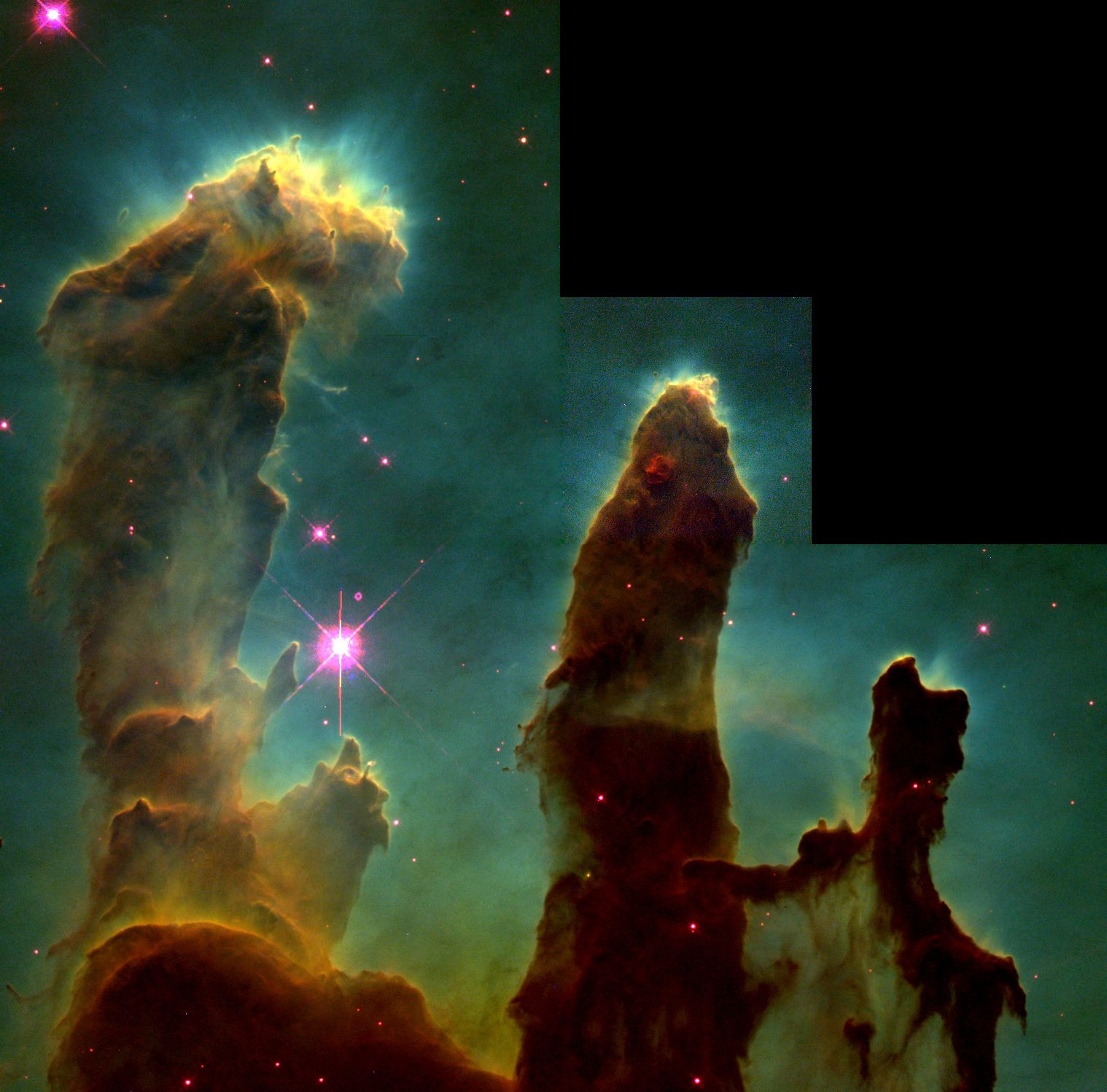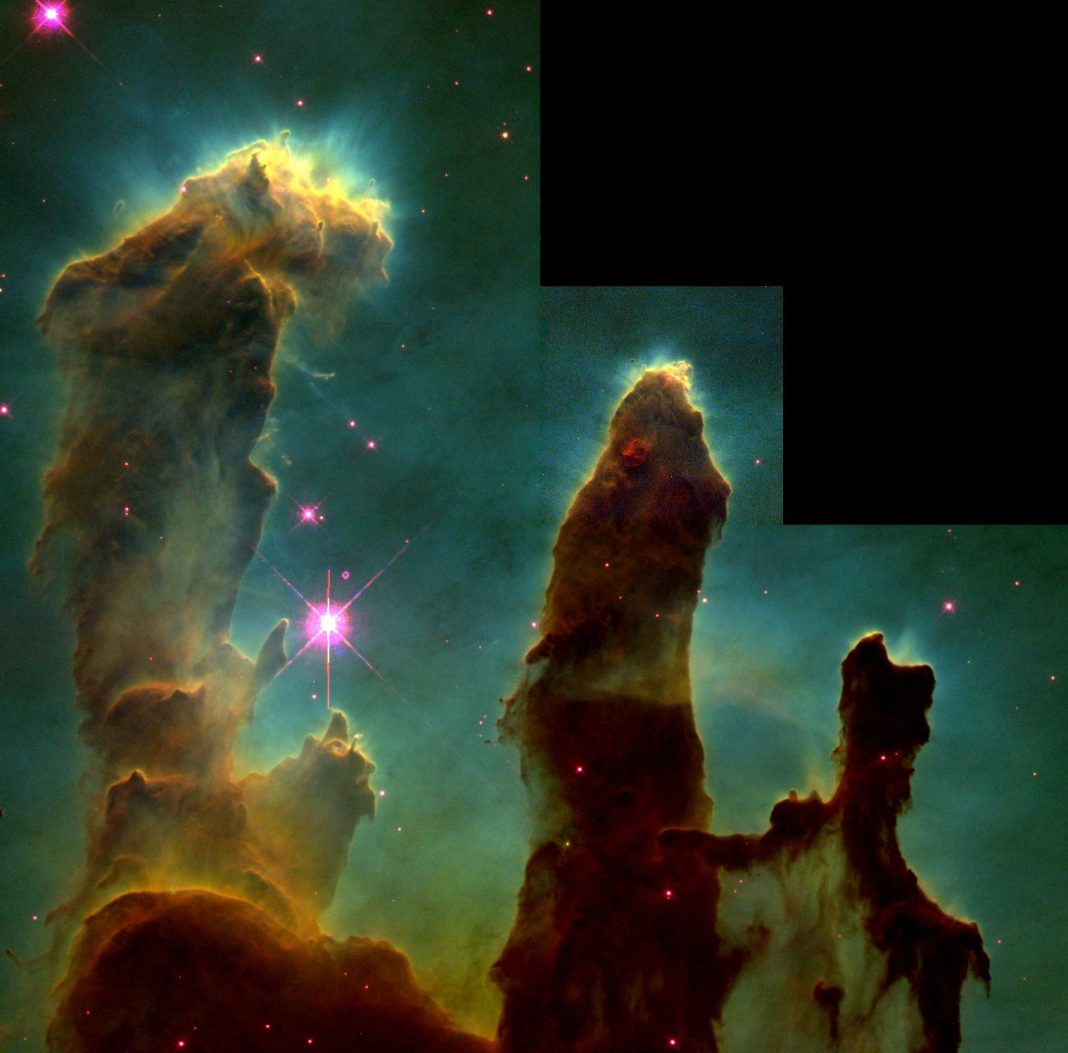 Boeing Starliner’s much-anticipated return to Earth with its first crew of astronauts has hit another delay. Originally scheduled for June 21, the return has now been pushed back to June 26, according to a NASA official. The delay is intended to give the team more time to analyze data and ensure a safe return.
Boeing Starliner’s much-anticipated return to Earth with its first crew of astronauts has hit another delay. Originally scheduled for June 21, the return has now been pushed back to June 26, according to a NASA official. The delay is intended to give the team more time to analyze data and ensure a safe return.
The journey began on June 5 when NASA astronauts Butch Wilmore and Suni Williams were launched aboard Starliner. However, the spacecraft encountered several issues during its 24-hour flight to the International Space Station (ISS). Four helium leaks and five failures of its maneuvering thrusters were reported, adding to the list of challenges Boeing has faced with Starliner.
This return mission is a critical test for Boeing’s Starliner program, which has been plagued by delays and budget issues. NASA needs to certify the spacecraft for routine astronaut missions and add it to its fleet alongside SpaceX’s Crew Dragon. The success of this mission will determine if Starliner can meet the necessary requirements.
The return journey is expected to last approximately six hours and will target a landing location in the desert of Utah, New Mexico, or other backup locations depending on weather conditions. While Starliner is designed for future six-month missions, it can only stay docked to the ISS for a maximum of 45 days during its current mission.
Boeing’s previous attempts with Starliner have faced significant challenges. In 2019, an uncrewed test failed due to numerous software glitches, design problems, and management issues that prevented it from docking with the ISS. However, a repeat uncrewed test in 2022 was successful in achieving a docking.
These setbacks highlight the complexity and high stakes involved in space exploration. It takes meticulous planning, rigorous testing, and continuous improvement to ensure the safety of astronauts and the success of missions. NASA’s commercial crew program manager, Steve Stich, emphasized the importance of taking the time to thoroughly analyze the data and address any issues before bringing the astronauts back to Earth.
The delays faced by Starliner serve as a reminder of the challenges inherent in developing new space technologies. It is crucial to have thorough testing and rigorous quality control processes in place to mitigate risks and ensure the safety of astronauts. NASA and its commercial partners are committed to learning from these experiences and continuously improving their systems.
As space exploration continues to advance, it is essential to maintain a focus on safety, innovation, and collaboration. The success of programs like Starliner and Crew Dragon paves the way for future missions and expands our understanding of the universe. Despite the setbacks, the commitment and dedication of the teams involved will undoubtedly lead to more successful missions in the future.

